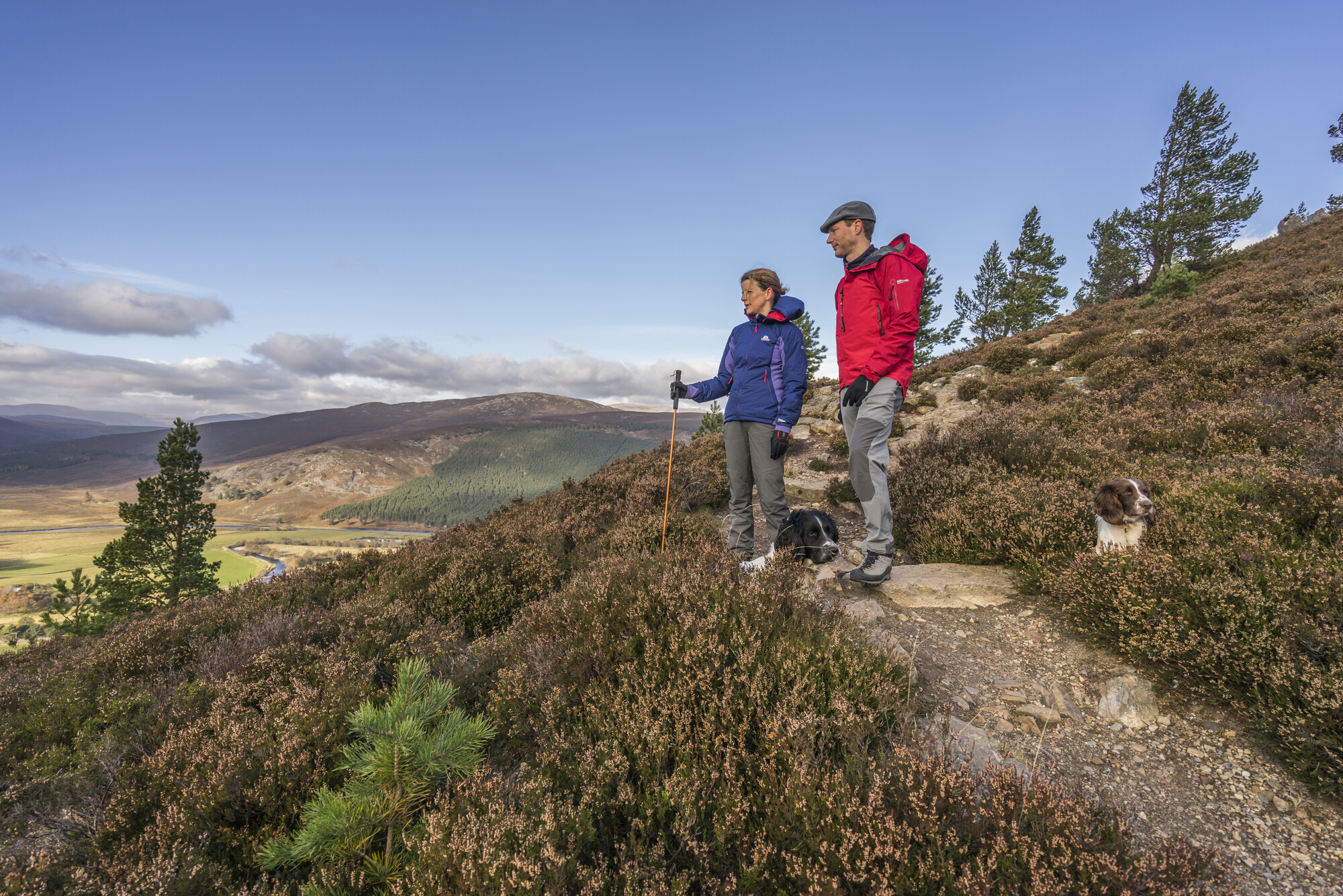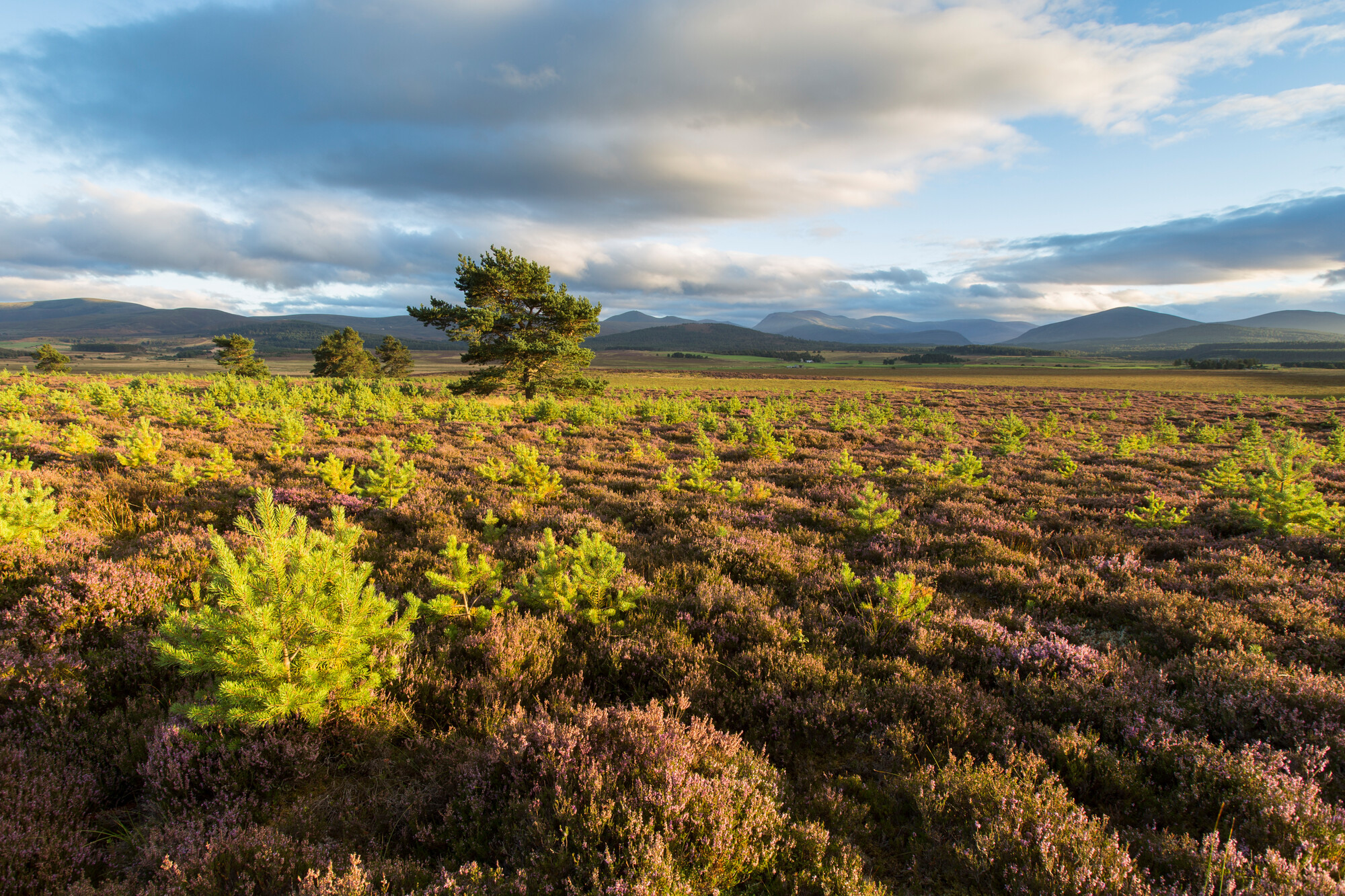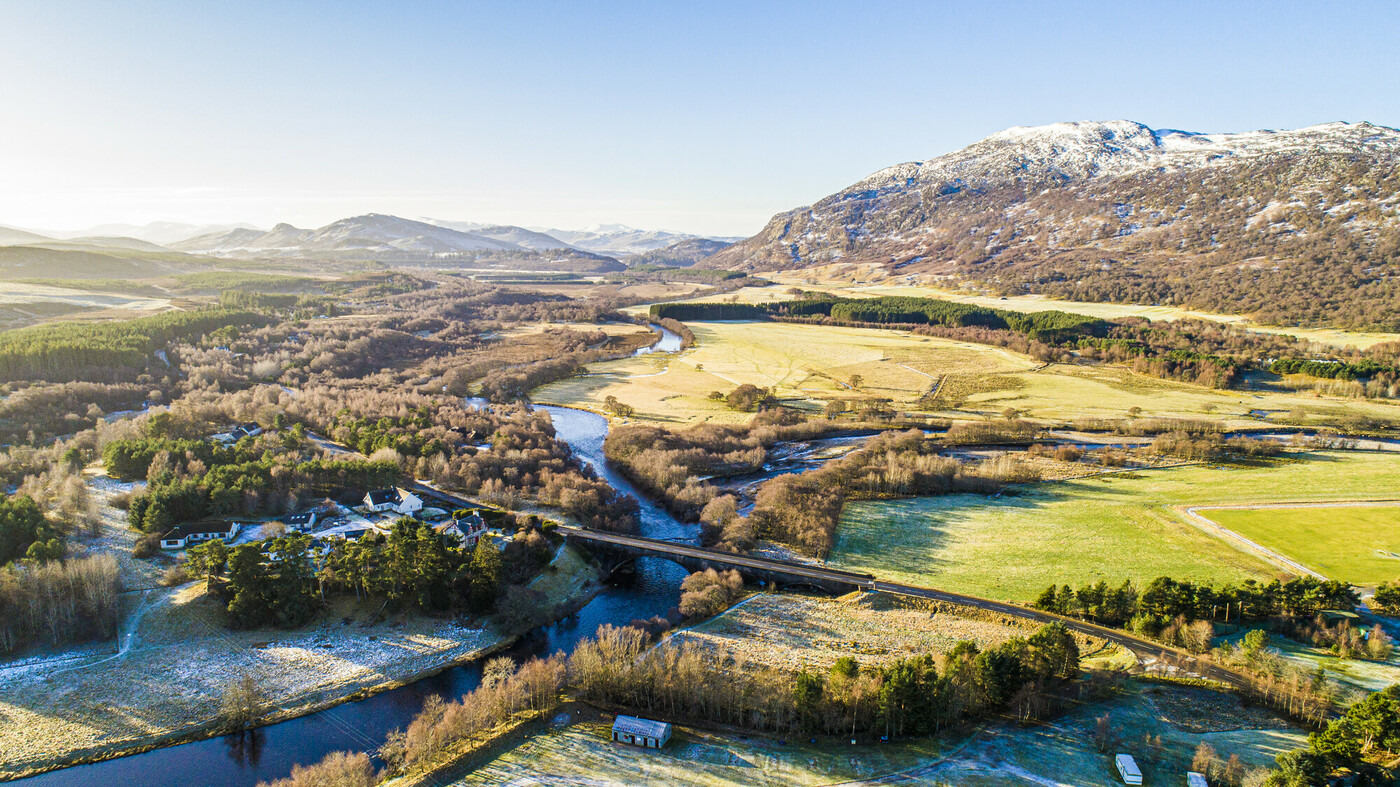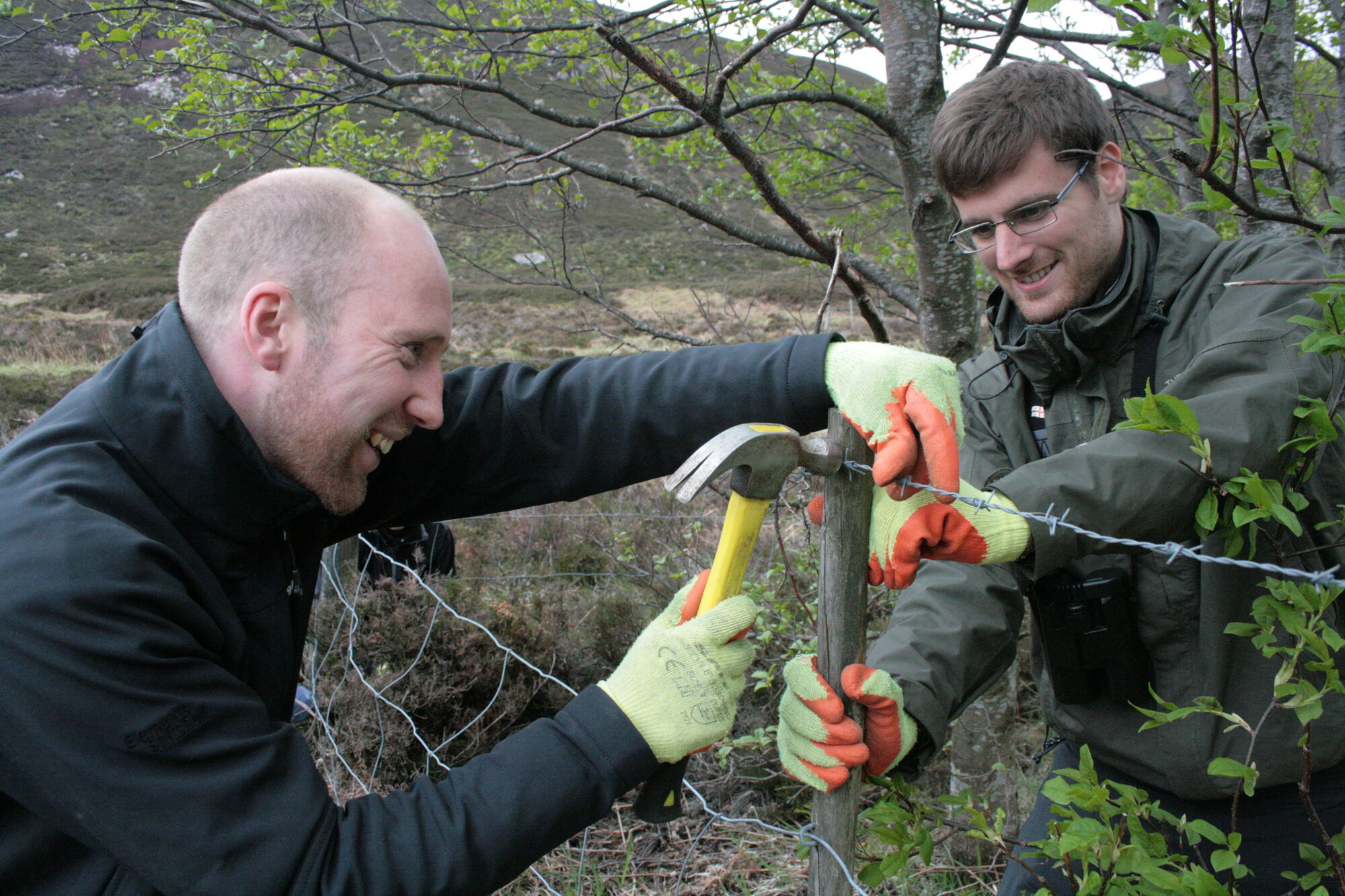Park Talk: Looking back to plan for future
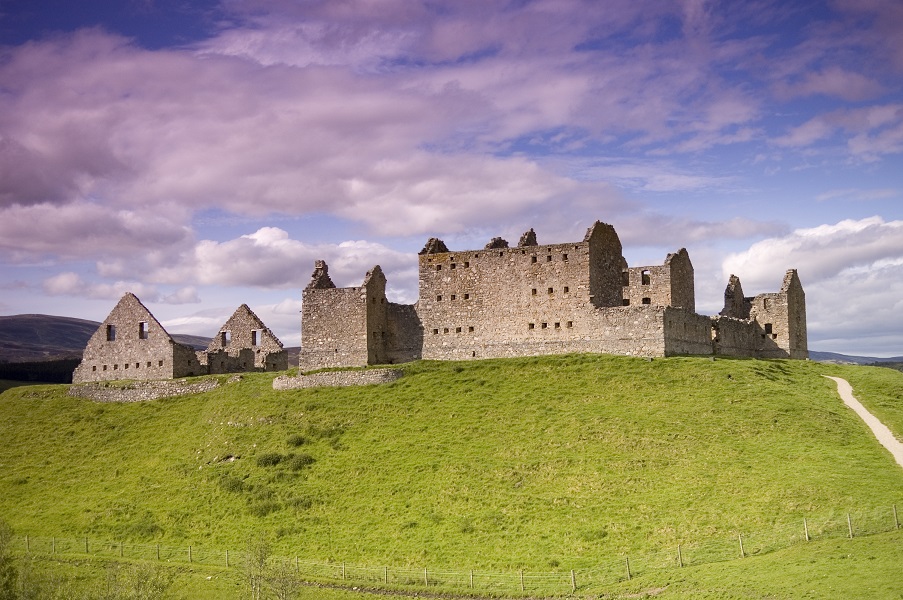
Park Talk: Looking back to plan for future
by Dr Gaener Rodger, CNPA Planning Committee Convener
It truly feels like Autumn has arrived in the Cairngorms National Park and I always associate this time of year with Wee Walks Week, which has traditionally been September but will happen during October in 2021. More recently however, I associate these autumnal days with the wonderfully interesting Badenoch Heritage Festival (18-25 Sept).
By the time you read this the Badenoch Heritage Festival will have sadly passed but there is lots of information still to be accessed online – and the beauty of the new Badenoch The Storylands app – is that you can experience many of the attractions on a self-guided tour such as a visit to the Pictish hill fort of Dun da Lamh near Laggan.
Whilst at university I studied archaeology in my first year and now as the Planning Committee Convener, I am really interested in how the communities of the National Park took shape, long before Local Development Plans and Planning Committees were here to guide the right development in the right place. For example, no-one would have granted planning permission for the post medieval Raitts Township near Kingussie. Our ancestors simply made their dwellings in the most suitable place in terms of grazing, pasture land and access to water. Similarly, Dun da Lamh, on its hilltop location, is there so that enemies could be seen approaching.
All of the Park’s cultural and historic assets are extremely important whether it’s a small souterrain or a celebrated castle. They give us an insight into past lives.
That is why there are policies and guidance contained within the Cairngorms National Park Local Development Plan (LDP) to protect the Park’s cultural heritage. People are probably more aware of the policies that exist to protect and enhance the natural heritage of the Park but historical buildings and landscapes are offered the same protection. And it’s not just about protecting the physical building but about retaining the integrity of its setting. You wouldn’t see a 300 unit development surrounding Ruthven Barracks for example, or a bowling alley next door to Braemar Castle!
However, the planning system and the policies of the LDP have supported the conservation of some important landmarks over the past few years, with the redevelopments of the Old Station and Old School in Ballater and the Fife Arms Hotel in Braemar. In some cases, applications for new development are granted consent with a requirement to undertake archaeological surveys, to investigate and record evidence of our ancestors’ use of the land so it can be maintained and shared.
Planning permission as we know it was not invented until the 1940’s with the Town and Country Planning Act of 1947, which came into effect on 1 July 1948. But long before that land owners were recognising the importance of “planning” to ensure there were houses for local workers. Take Grantown-on-Spey for example, it was founded in 1765 as a planned settlement and its distinct character is very much what gives the town – home to the CNPA offices – its distinct character today.
There will always be new developments to ensure that we have thriving communities in the Park for decades to come, but looking to the past can help to guide the future.
Latest from the National Park
Update on wildfire situation
Convener Sandy Bremner and Chief Executive Grant Moir have given an update on the ongoing wildfire situation.
Statement on wildfires
An update from Grant Moir, Chief Executive of the Cairngorms National Park Authority, on the ongoing wildfires in Moray and Highland.
New Nethy houses get green light
Meeting in Ballater, the Planning Committee approved applications for a development of 35 houses in Nethy Bridge and a floodplain restoration scheme on the River Dee.
